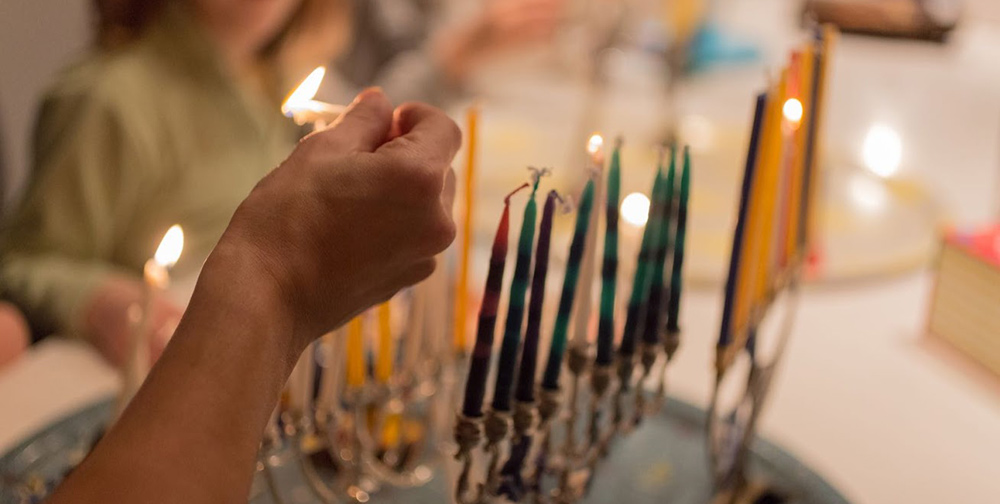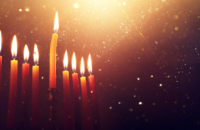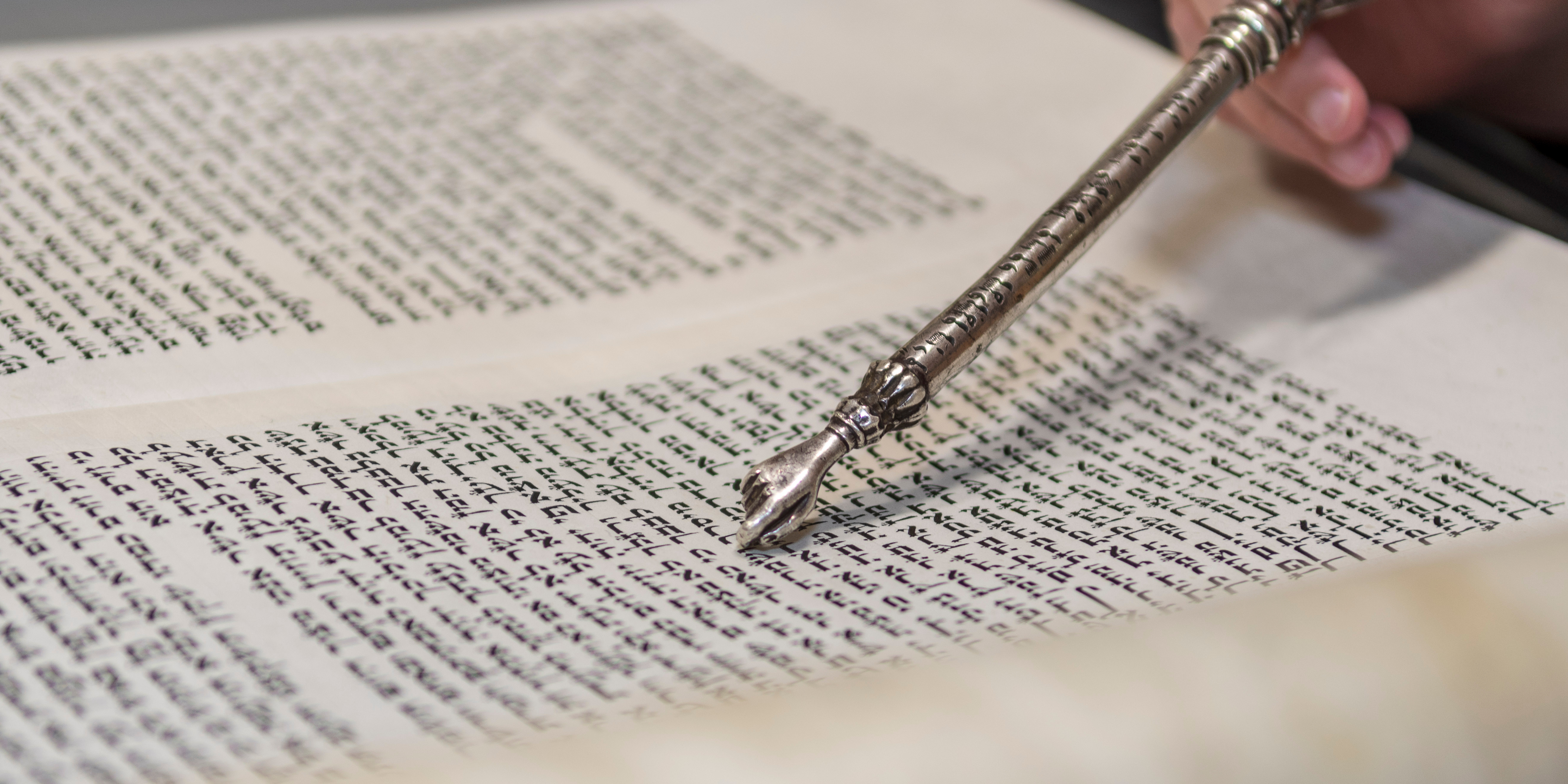The European Academy for Jewish Liturgy (EAJL)

Why is it so important to hand down the religious musical legacy of our people? Who cares about it anyway?
I am particularly passionate about what is known asnusach hat’fillawhich means the chants of our people in prayer. I won’t use the word’prayer’after this because its English/church connotations do not reflect the Jewish concept oft’filla. Its reflexive verbl’hitpallelmeans’to search inside one’s self’,and whether it is in terms of yearning, thanks, praise, regret, pleading or the panoply of emotions that go to describe the human spiritual experience, it cannot be met by words alone.
All religious traditions are infused with music because music is the language of the spirit. Music has the power to override everything (see Oliver Sacks,Musicophilia, Picador 2007).
For centuries past, the music of the synagogue had been chanted by the chazan, the officiant who had in his soul the ability to move people to tears as he carried the beloved and familiar poetry of our liturgy to the yearning hearts of the people. The chazan was the person who brought Shabbat nusach on Shabbat, weekday nusach on weekdays and Festival nusach on Festivals. He was the Jewish timekeeper. The Jew knew exactly which page of the Siddur he/she was on because of the nusach. The chazan was the professional guardian of the nusach, the soul, the sound.
Nowadays things have changed as many people find no solace in religious observance or coming to shul. Many don’t have liturgical Hebrew skills. Many who were involved felt disenfranchised by being ‘audience’ rather than ‘participant’ and sought a more intimate engagement in smaller groups that have become self-led in the style of the folk. Grass roots groups form themselves, both within established shuls and outside of them, particularly among younger people. A big problem is that they don’t know nusach very well if at all, and our precious traditions have flown away through unwitting rejection.
So what isnusach hat’fillah?
The Hebrew wordnusachmeans a formula. I have heard nusach referred to as the DNA of ourt’fillaexperience. One of my colleagues has referred to it as just as much our oral tradition as is Talmud. I agree with her.
Jewish life and our whole year is based on a structure which involvest’fillahthree times a day. Also when it comes to Shabbat, the New Month, Festivals, Fasts, life-cycle events, all these are celebrated by liturgical texts, thewhole structure of which we callmatbe’a t’filla.Matbe’ameans a coin, or currency, and we can say that the structure of our whole liturgy is our religious currency!
Within each of the statutory, daily, Shabbat and Festival services we have statutoryt’fillot, such as theAmidah. Depending on what time of day it is, the nusach that carries theset’fillotcarries the same texts in a different mood. The music of the nusach accords with musical modes or patterns. Mode equals mood.
To be human is to yearn – sometimes we don’t know what for. Words are inadequate to express or to quench the thirst for what is beyond our understanding. We feel an ache in our being, sometimes bringing us to tears. Moments like this are also an act of worship. They bring to us, uninvited sometimes, a sense of wonder, awe and mystery. The great philosopher Abraham Joshua Heschel explains that thesh’liach tsibbur, the leader of ourt’filla, ‘has to be the one to awaken those who slumber ‘¦ There is a heritage of spiritual responsiveness that may waste away for lack of new inspiration’¦’ (Heschel, A J,The Insecurity of Freedom, Schocken 1972 p.244). How true! He wrote: ‘The shattering experience of music has been a challenge to my thinking on ultimate issues. I spend my life working with thoughts. And one problem that gives me no rest is: does thought ever rise to the heights reached by authentic music?’ (ibid p.246)
The Israeli musician Yuval Ron, in discovering and studying the ‘fascinating world of musical modes and moods, which originated in the East, moved to the West and then faded away from Western culture’ wrote: ‘The impact of this loss has had wide implications on Western civilization – culturally, psychologically, and neurologically – that are quite impossible to measure’. (Ron, Y,Divine Attunement, Music as a Path to Wisdom, Oracle, 2014 p.73).
I grew up with the sounds of these modes, the davening, and they had a deep effect on me. I yearned to recapture their beauty and meaning. Why should they be lost? I felt an enormous responsibility to teach them.
I found great sense in our people taking on the leadership of ourt’fillabecause I, too, wanted desperately to take away the ‘performance’ aspect of what had sometimes become of the cantorate of old. But as a result the baby is being thrown out with the bathwater as well-meaning lay leaders are leading ourt’fillawithout having understood that the modes and moods are the vital part that they haven’t studied! I hear Yomtov on Shabbat and Shabbat on weekdays! It sends havoc and turmoil into my sense of thematbe’a t’filla. Relinquishing the professional chazan has meant relinquishing the very soul of the nusach.
That’s why I set up EAJL and we are now celebrating our tenth anniversary. We have taught many people in Europe and beyond, helping communities to sustain themselves with lay leadership oft’filla, preserving our vital traditions, our musical DNA, ournusach hat’filla.
Jaclyn Chernett is a founder member of, and Chazan at Kol Nefesh Masorti Synagogue, founder and director of the European Academy for Jewish Liturgy andVice President of Masorti Judaism.



